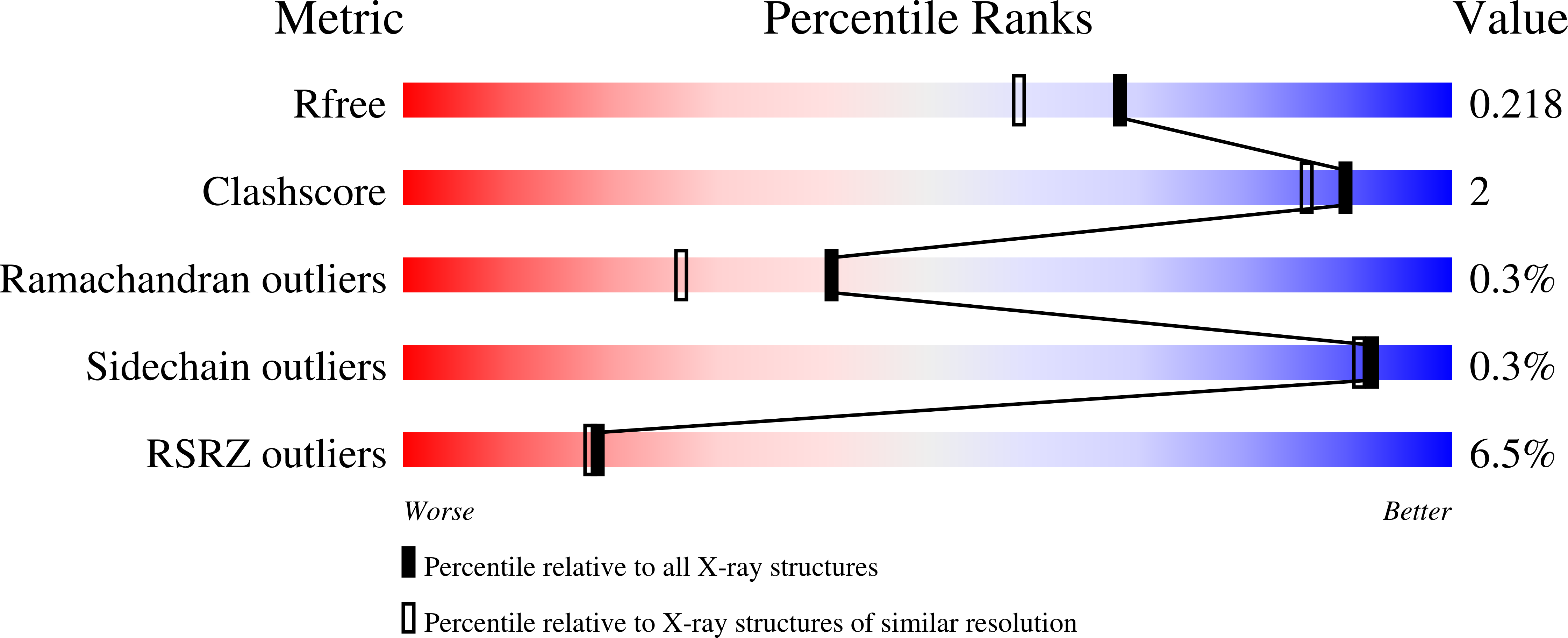
Deposition Date
2022-06-22
Release Date
2023-11-29
Last Version Date
2024-06-12
Entry Detail
PDB ID:
8A8F
Keywords:
Title:
Crystal structure of Glc7 phosphatase in complex with the regulatory region of Ref2
Biological Source:
Source Organism:
Saccharomyces cerevisiae (Taxon ID: 4932)
Host Organism:
Method Details:
Experimental Method:
Resolution:
1.85 Å
R-Value Free:
0.22
R-Value Work:
0.19
R-Value Observed:
0.19
Space Group:
P 31 2 1


